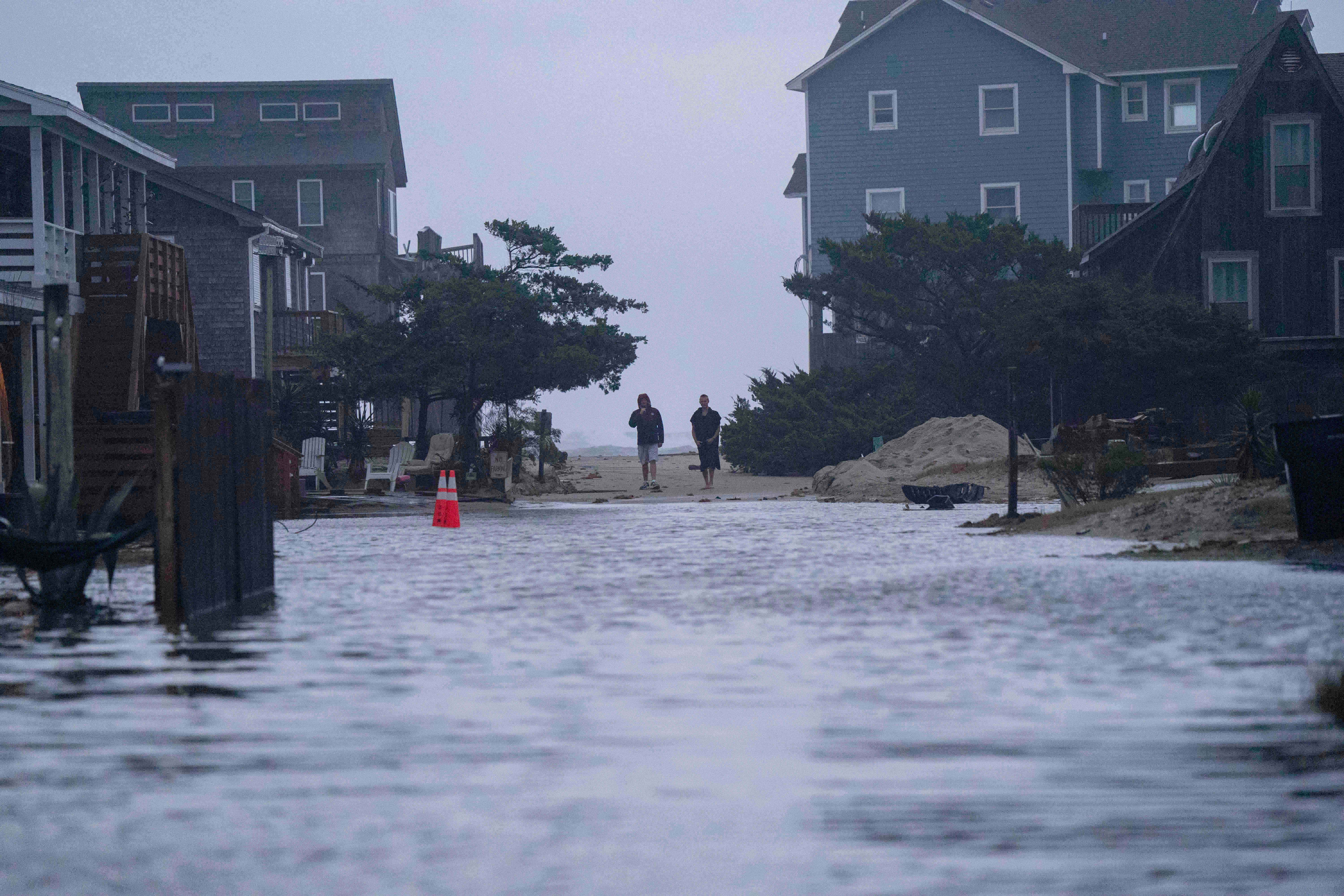
A powerful and deadly Nor’easter has slammed into the U.S. East Coast, bringing widespread flooding, destructive winds, and significant travel disruptions, while Alaska contends with the remnants of a Pacific typhoon, highlighting the nation’s vulnerability to extreme weather events.
The Nor’easter, which intensified rapidly over the Atlantic, struck coastal communities from New England to the Mid-Atlantic, dumping heavy rain and causing storm surges along beaches and riverbanks. Authorities reported multiple fatalities and numerous injuries, with emergency teams mobilized to respond to flooded streets, downed power lines, and damaged infrastructure.
In New York and New Jersey, the storm forced evacuations in low-lying areas, and public transportation was suspended in several cities. Coastal towns faced unprecedented water levels, overwhelming seawalls and sandbag defenses. Officials warned residents to avoid traveling unless absolutely necessary, citing dangerous driving conditions and the potential for flash flooding.
Simultaneously, Alaska is grappling with the aftereffects of a Pacific typhoon, whose remnants swept into the state’s southern coast. Heavy rains and strong winds have caused localized flooding, power outages, and landslides. Residents in affected areas were advised to secure property, monitor river levels, and prepare for possible evacuation.
Meteorologists emphasize that the timing of these two extreme weather events underscores the growing complexity of the climate system. “We are witnessing multiple regions affected by severe storms almost simultaneously, which presents unique challenges for emergency response and disaster management,” said a senior forecaster at the National Weather Service.
Emergency response teams along the East Coast and in Alaska are coordinating efforts to ensure public safety. Shelters have been opened in flood-prone areas, and search-and-rescue operations are underway for those stranded by rising waters. State and federal agencies are also assessing infrastructure damage and planning immediate repairs to restore essential services.
The economic impact of the storms is expected to be substantial. Coastal communities on the East Coast face damage to homes, businesses, and transportation networks, while Alaska’s communities must contend with disrupted fishing and supply chains. Insurance agencies anticipate a surge in claims, and local governments are evaluating emergency relief measures.
Experts warn that the combination of Nor’easters and typhoon remnants affecting the continental U.S. and Alaska is indicative of broader trends in extreme weather frequency and intensity. Climate scientists highlight that rising ocean temperatures and changing atmospheric patterns contribute to the severity of these storms.
Residents are advised to stay informed through official weather updates, follow evacuation orders, and take all necessary precautions to protect life and property. Authorities continue to emphasize preparedness, cautioning that the full extent of damage and disruption may not be clear for several days as stormwaters recede.
The deadly Nor’easter on the East Coast and typhoon remnants in Alaska serve as stark reminders of the challenges posed by extreme weather, underscoring the importance of resilient infrastructure, proactive planning, and community readiness in the face of natural disasters.
Watch video below :











